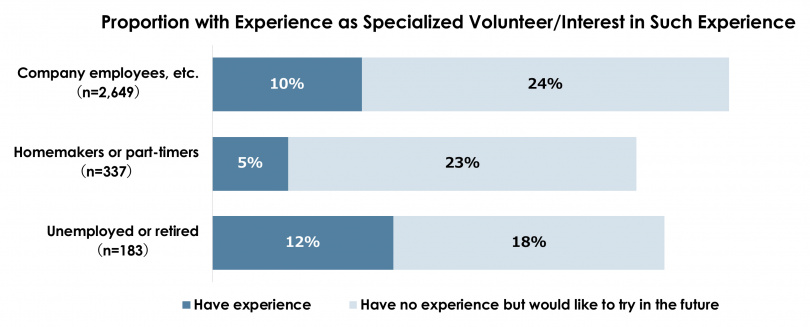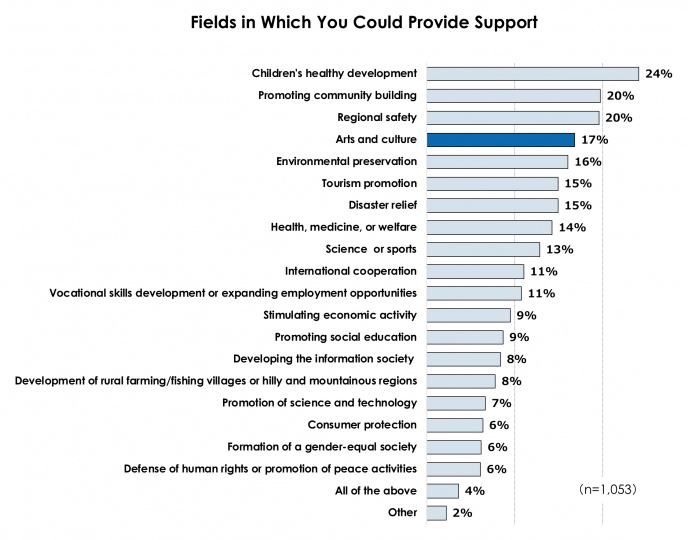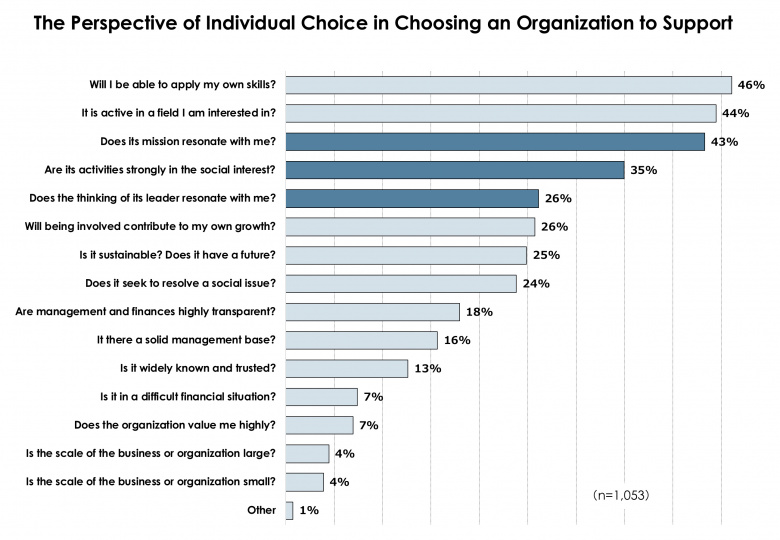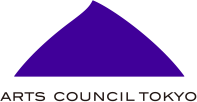2017/12/06
Arts Pro Bono: A New Concept to Meet New Needs
The Potential for Arts Pro Bono: Will it Lead to Innovation in Arts and Culture Organizations?
Executive Director, Platform for Arts and Creativity
Akiyoshi Watae
Are you familiar with the term “pro bono”? It comes from the Latin pro bono publico (“for the public good”) and refers to volunteer activities undertaken by professionals. Originating in the United States, where it initially referred to expertise provided by lawyers as a service to society, the concept later expanded to encompass accountants, tax accountants, and other licensed professionals. Today the term is generally used to include professionals with a broad range of specialized skills.
Pro bono activities have gradually spread in Japan, too, and a number of organizations have sprung up to act as intermediaries, including Service Grant (Certified NPO, 2005–), Social Venture Partners Tokyo (NPO, 2003–), and Nimaime no Meishi (NPO, 2009–).*1 According to a survey that our organization conducted for the Agency for Cultural Affairs during the last fiscal year (the “Pro Bono Survey”)*2, roughly 10% of those who held jobs as company employees or the like had performed pro bono or other volunteer activities using specialized knowledge or skills and roughly 24% had not done so but would like to in the future.

Source: Agency for Cultural Affairs, Senmon jinzai ni yoru bunka dantai ni okeru shakai kōken katsudō chōsa [Survey of Social Contribution Activities at Cultural Organizations by Professionals] (Contractor: Platform for Arts and Creativity)
Enlarge image: JPEG / PDF
Today, the government is promoting “workstyle reform” as it seeks to realize a society that enables working in a variety of ways. If this leads in part to a redressing of long working hours, we believe there may be even greater demand to use spare time for pro bono activities. Corporations are also starting to recommend pro bono activities as a way to cultivate a more diverse workforce. *3
The pro bono concept has not yet made very deep inroads into the field of arts and culture. For example, the abovementioned Service Grant has provided support for more than 200 organizations to date, but the fields in which these organizations are most active include “children and education” (65) and “medical services and welfare” (61), while “arts and culture” (12) is less well represented. *4

Source: Produced by Platform for Arts and Creativity based on the official Service Grant website.
Enlarge image: JPEG / PDF
The Pro Bono Survey sought to verify whether there was a certain degree of demand for pro bono activity from both the arts and culture organization side and the professionals side. The results confirmed that demand is great on both sides: arts and culture organizations need support in “law, accounting, foreign language conversation and translation, fundraising, member/client management, survey design and analysis, and human resources and labor management,” while the professionals who already have experience providing pro bono services or are interested in doing so list “arts and culture” top among the fields they would be interested in supporting.
Given these findings, the Agency for Cultural Affairs and our organization have defined “art pro bono” as “pro bono activities undertaken in the domain of the arts (fine arts, theater, music, dance, traditional performance, popular culture, etc.) by people using their professional skills” and are moving forward with various initiatives to popularize it.

Source: Agency for Cultural Affairs, Senmon jinzai ni yoru bunka dantai ni okeru shakai kōken katsudō chōsa [Survey of Social Contribution Activities at Cultural Organizations by Professionals] (Contractor: Platform for Arts and Creativity)
Enlarge image: JPEG / PDF
Specifically, given that the concept of “art pro bono” is not yet well known, we are planning the “What’s Art Pro Bono?” seminar to be held on December 12 with speakers from pro bono intermediary organizations and arts and culture organizations (such as the New Japan Philharmonic and the Children Meet Artists NPO) that have already accepted pro bono support and the “How to Do Pro Bono” dialogue event to be held on January 20 to bring together pro bono intermediary organizations together with arts and culture organizations and professionals who are interested in art pro bono. In addition, we also plan to draw up guidelines and hold training for individuals and organizations that are considering the specifics of practicing or accepting art pro bono.
Amid growing calls to raise the level of management ability at arts and culture organizations, the Agency for Cultural Affairs and local governments such as the Tokyo Metropolitan government have implemented various measures in response. Pro bono activities are thought to be extremely effective in this regard because they involve people with highly specialized professional skills, and people not directly affiliated with the arts and culture industry, to take part in operations from an objective standpoint.
In providing support, professionals use their limited time in ways that they feel are meaningful. There is a priority on whether the organization or its representatives express a mission they can share and whether the organization is engaged in activities with a strong public interest. Accepting art pro bono will require arts and culture organizations to explain how socially meaningful their activities are and, over the long term, may have the inherent potential to lead to innovation in the way such organizations are managed and operated.

Source: Agency for Cultural Affairs, Senmon jinzai ni yoru bunka dantai ni okeru shakai kōken katsudō chōsa [Survey of Social Contribution Activities at Cultural Organizations by Professionals] (Contractor: Platform for Arts and Creativity)
Enlarge image: JPEG / PDF
Next time we plan to present some examples of art pro bono and to provide a report on the results of December 12 “What’s Art Pro Bono” seminar.

